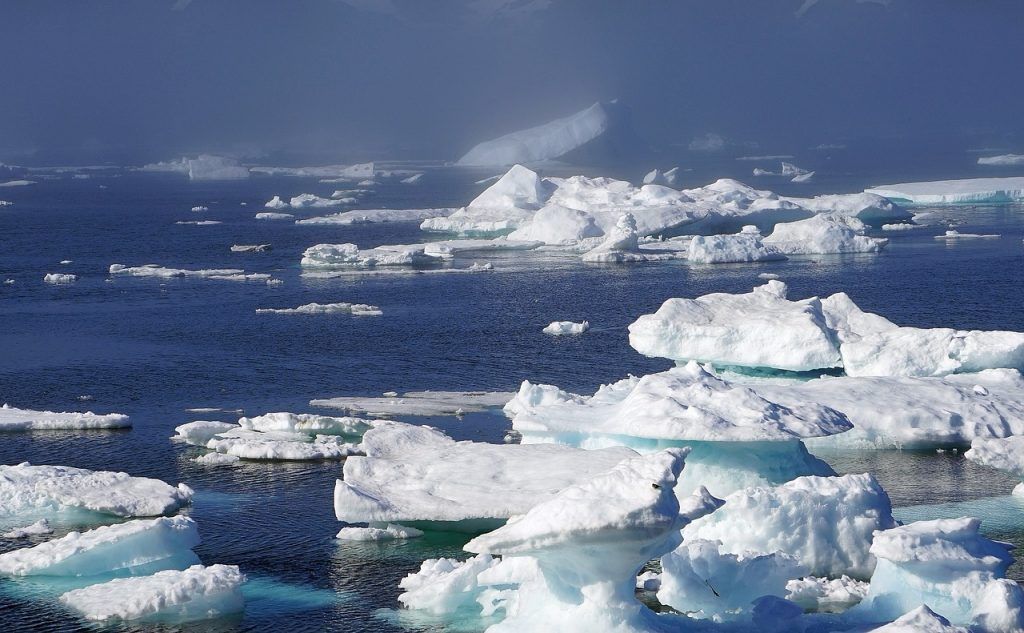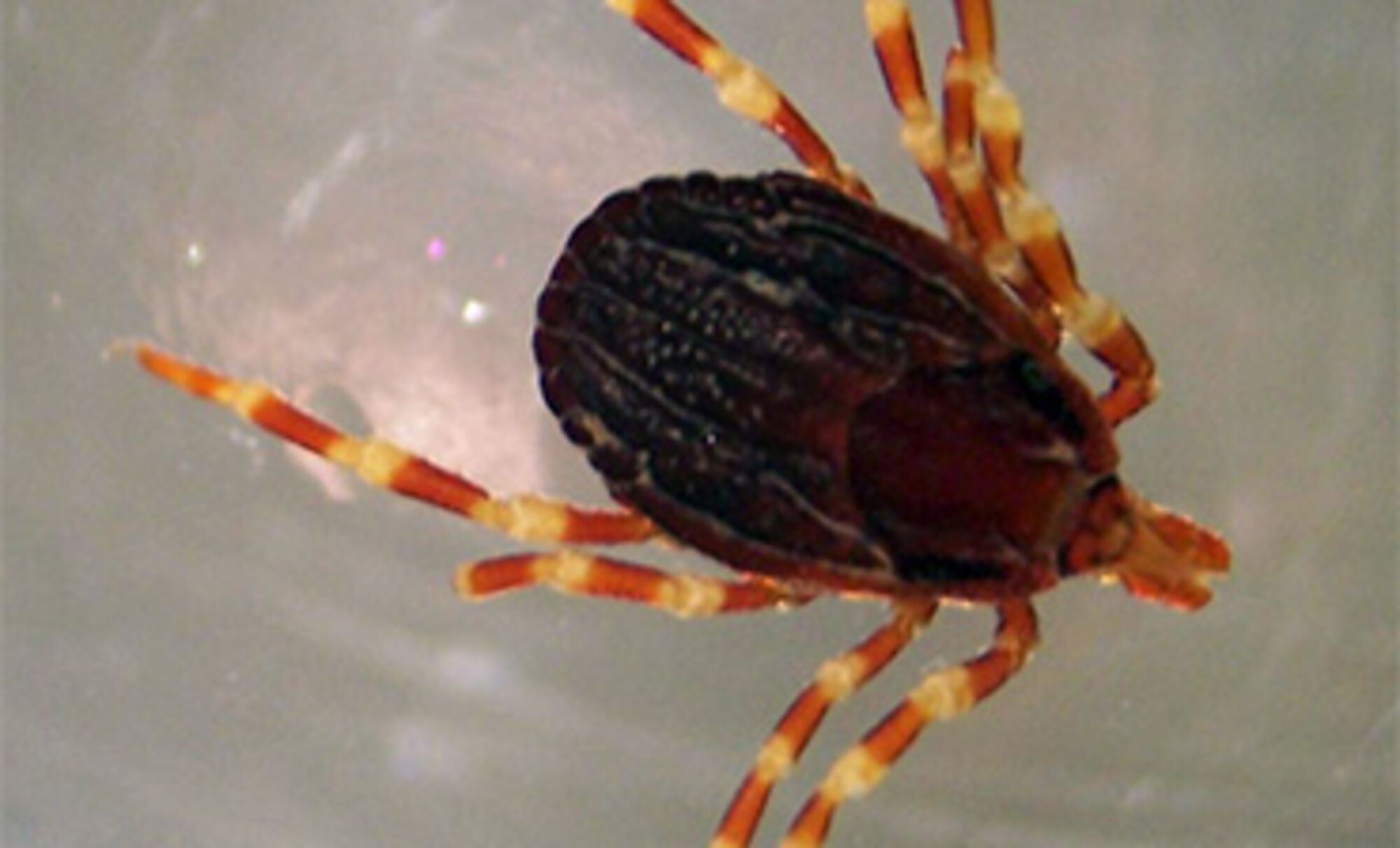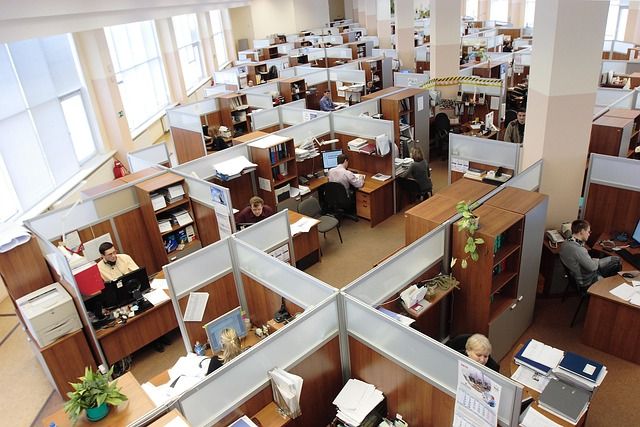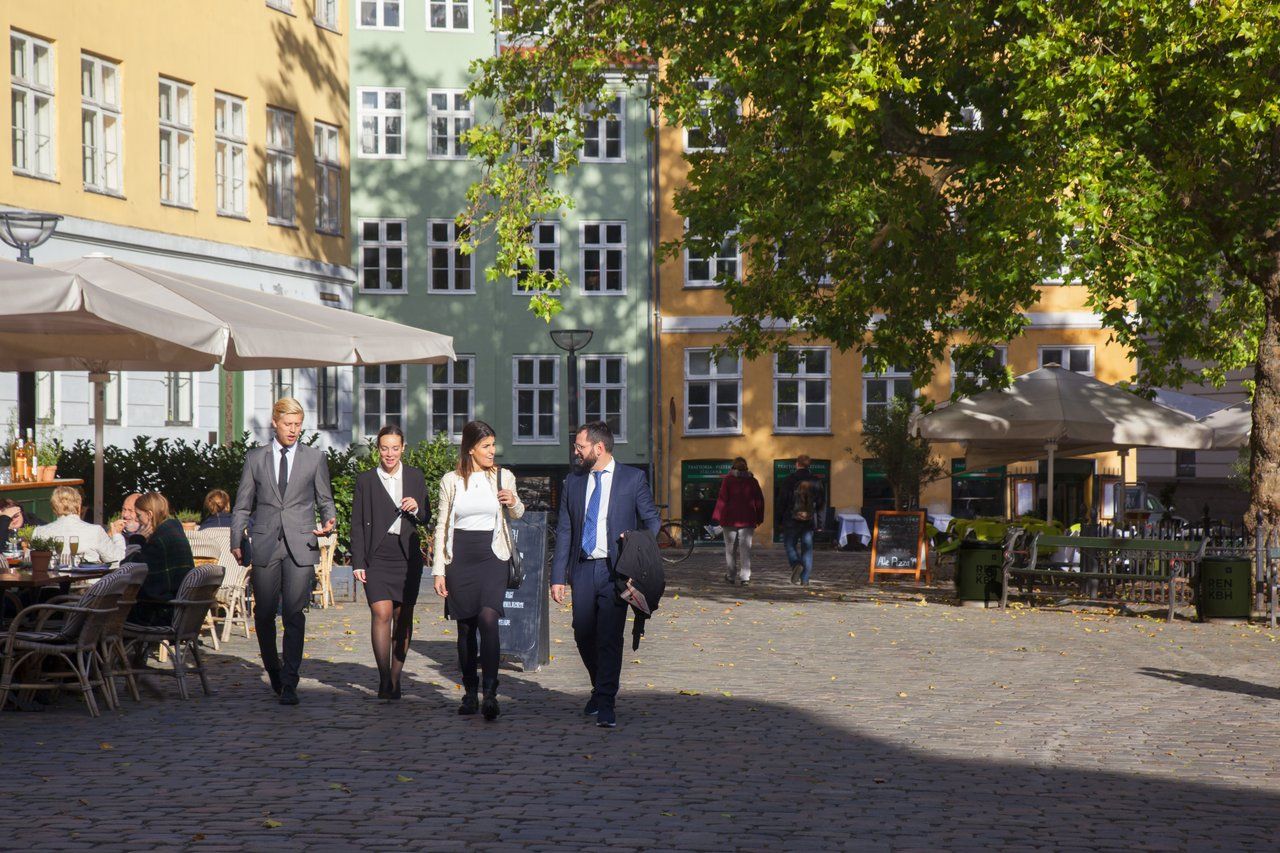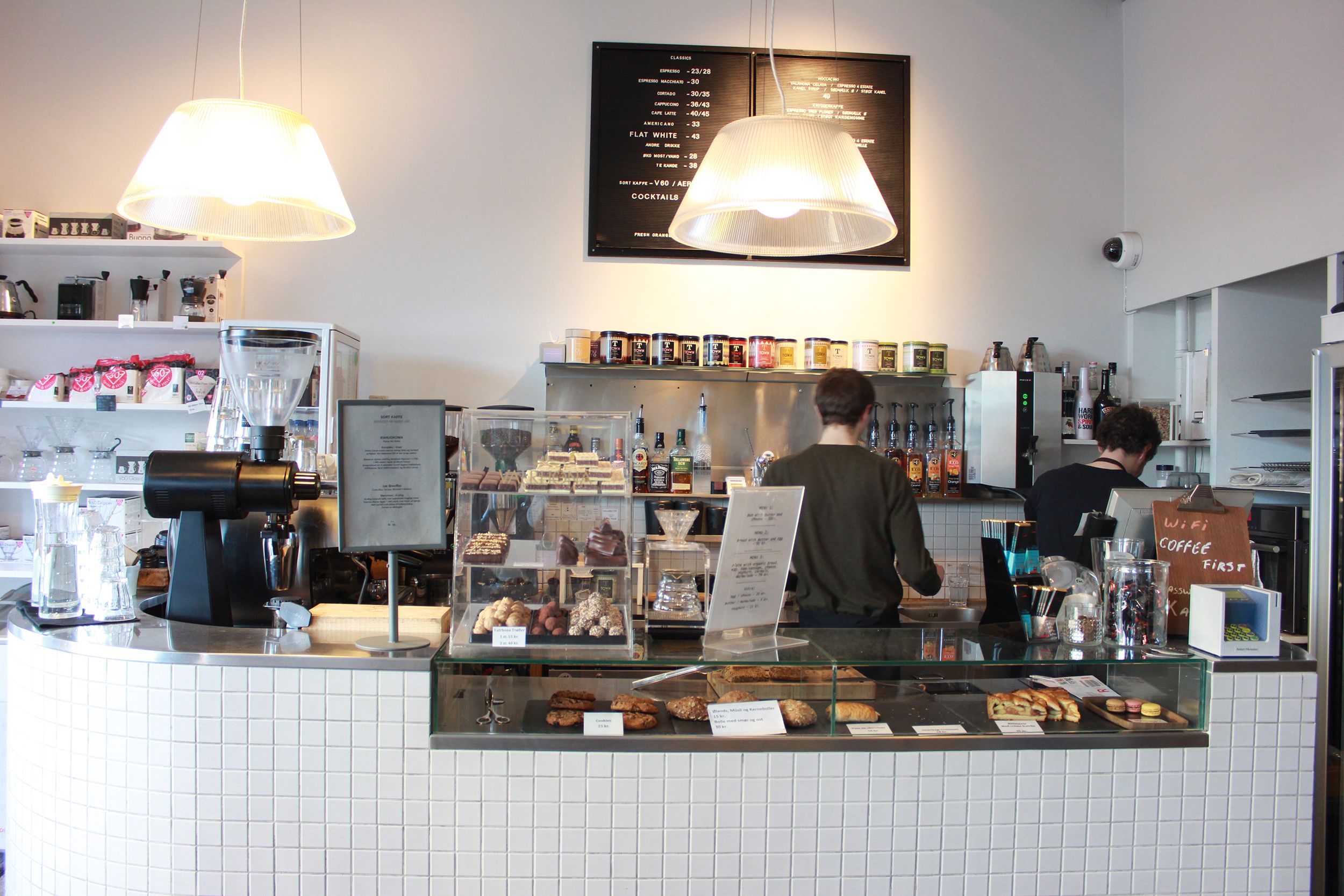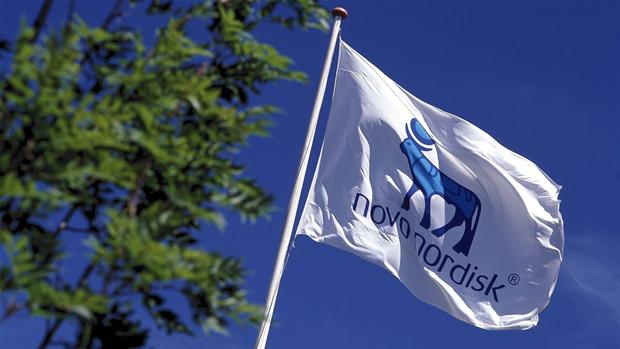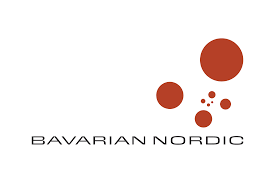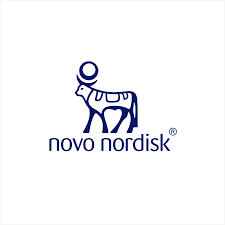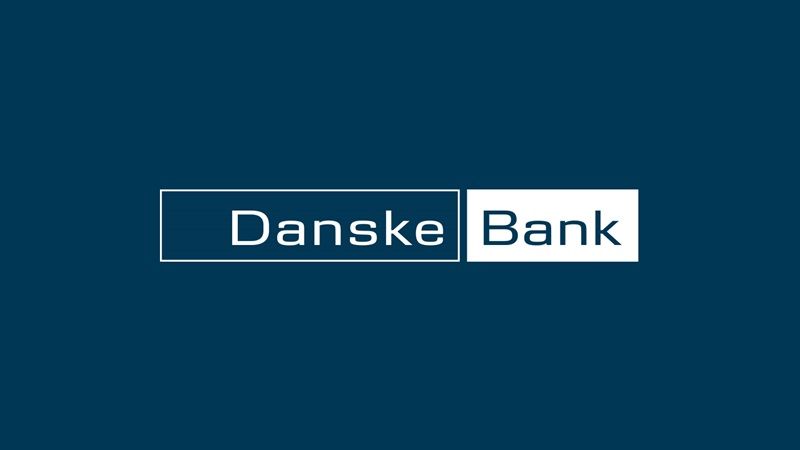Krebsegaarden
Tue-Sun 18:00-22:00; 2012 4015, mail@krebsegaarden.dk ; restaurant.krebsegaarden.dk
Tucked in the back of the orange house on Studiestræde is the Krebsen art gallery, which on a monthly basis exhibits the work of a contemporary artist.
Besides family bonds, the Krebsegaarden gallery and restaurant also share a concept: art belongs not only on a wall. In the translation of painting into pâté, the inspiration can come from many different sources: the artist’s regional origin and personal preferences, the topic of the exhibition, and associations that the Krebsegaarden masterminds (Norwegians Mats and Carsten) might have.
My friend and I were happy to hear that this is the month of Jannis Karydakis, a Greek artist (the Greeks know their food). Glad to have been spared the agony of picking from a menu, even one as compact as this, we surrendered to the journey of pleasant surprise through the chef’s taster menu.
After failing to resist the temptation of the home-baked sundried tomato and olive bread and a Cava apéritif, we were happy to be distracted by the first course.
Mats made sure to mention every ingredient of the salad, but no matter how good it was (and it was) – the tender crayfish couldn’t help but steal the show.
Next came a gilt-head so perfectly fried that my friend changed a habit of a lifetime to try fish skin for the very first time. With it came a melizanosalata, an eggplant dip that gave the fish sauce a gallant run for its money.
But a Greek dinner wouldn’t be thus without meat, and though I am no meat lover, I couldn’t resist the charms of the veal stifado.
I was running out of stomach space fast, but I could not leave without tasting the honey-baked figs with home-made yoghurt ice cream and the warm Greek cookie with the long name: melomakarina. Or maybe dessert was just an excuse to dwell on an oozing ten-year-old Madeira.
It’s a difficult call, especially for someone who doesn’t know her wines. Fortunately Mats does. He stresses that he doesn’t have a formal sommelier education, but you wouldn’t know it as his life has been an unashamed love affair with exquisite (and hard-to-find) alcoholic drinks.
As our dinner was nearing its end, so was the last hour of the day. There is only one seating a night, so you can really take your time: in our case somehow five hours had flown by.
But that is not really a surprise given Carsten and Mats’s philosophy: “We have guests, not customers.” They might rehearse their mantra, but they spend far more time living it.
Krebsegaarden is a small restaurant, elegantly furnished and softly lit. Its modest size is what allows the hosts to provide their trademark intimate service. The service is swift and attentive, the cooking is slow and old-fashioned, and the atmosphere relaxed and timeless, so that all the flavours and conversations have the necessary time and space to unfold.
There’s no rush while you’re there, but it pays off to book ahead. The consistency of their service has earned Carsten and Mats praise galore in their guest book and top-five reviews in Tripadvisor, but also the distressing task of turning down hundreds of reservation requests each week.


